AJ Sadauskas
My main Mastodon account on the Fediverse is @ajsadauskas@aus.social
- 52 Posts
- 22 Comments

 4·1 year ago
4·1 year agoWe do have !afl@lemmy.ml on Lemmy if you want a sport-based instance. It’s dedicated to Australian Rules Football and the AFL. And if you don’t follow the AFL, now’s a great time to start 😊

 1·2 years ago
1·2 years agodeleted by creator

 5·2 years ago
5·2 years agoCompletely agree.
And there’s a key word you left onto, and it’s the one thing that will make or break the fedi, more than anything else: communities.
The core of any social platform or protocol isn’t the software, servers, or APIs. It’s the communities of people that use it.
Without those communities, even the shiniest of social media apps will fail. See Google+ for a real-world example.
So how do we build or attract communities of people for Lemmy?

 2·2 years ago
2·2 years agoI certainly hope so.
As for the challenges that come from trying to densify Sydney’s wealthiest inner suburbs, especially in the east, I’ve put up a separate thread here: https://lemmy.ml/post/900935

 3·2 years ago
3·2 years agoNo cherry picking, and in fact if I wanted I could have picked even more stark examples.
Here’s a heatmap of Melbourne property prices, with higher prices being in orange and lower in deep purple.
You’ll notice that the prices are higher near the inner city, with the highest prices in a cluster of bayside and inner-eastern suburbs just near the CBD (places like Brighton and Toorak):

Similar heatmap for Sydney. Again, highest prices in the inner city and a cluster of suburbs immediately to the east of the city, on the north side of the harbour, and the inner west. Note also that the further you go west, the more purple the suburbs tend to be:
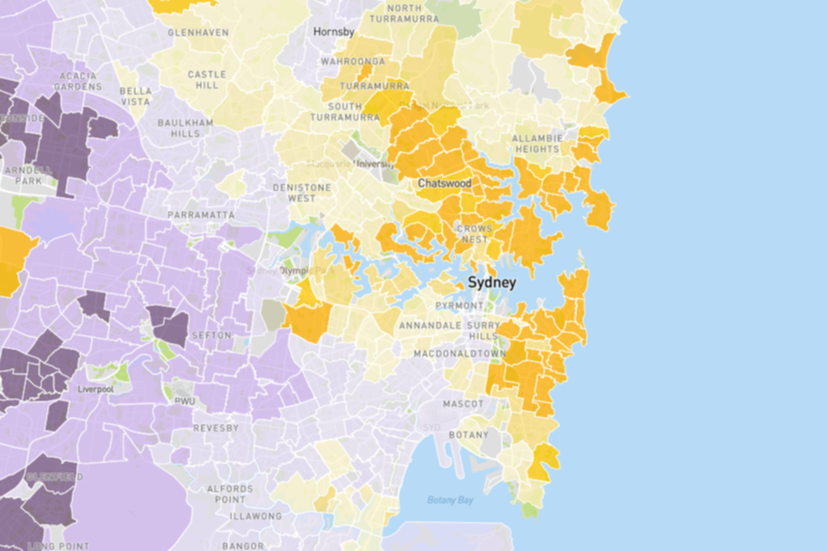
There’s also a well-known meme about socioeconomics in Sydney known as the “Red Rooster line”.
Basically, the fast food chain Red Rooster tends to only operate its stores in working class outer suburbs.
By plotting a line between the stores that are closest to the Sydney CBD, you get a good approximation of where the boundary line is between wealthier the inner suburbs and the poorer outer suburbs of Western Sydney.
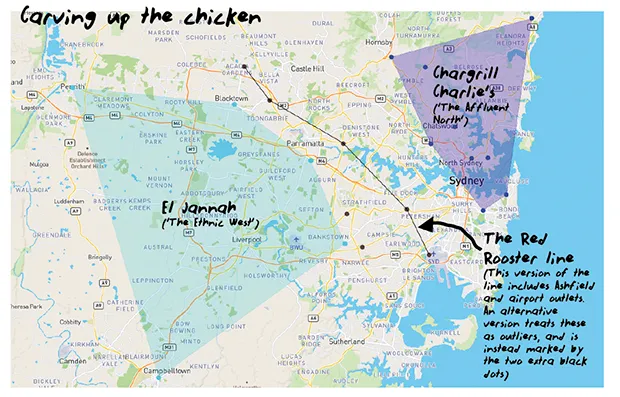
If you’re interested, here’s some analysis of the Red Rooster line from the University of NSW: https://newsroom.unsw.edu.au/news/social-affairs/imaginary-line-exposing-real-sydney-divide
Here’s a good YouTube explainer of it: https://www.youtube.com/watch?v=EAPSSQALBXY
From the Australian Financial Review:
"Waterfront locations and coveted school zones dominate the country’s most expensive postcodes, new Domain data shows.
"All the postcodes in the top-20 list were in Sydney, led by the eastern suburbs, the northern beaches and the north shore.
“Six of the postcodes in the top 20 have a median house price higher than $5 million, and 12 have a median price above $4 million.”
So yes, Australia hasn’t seen the same hollowing out of property prices in the inner-city and inner suburbs of our metropolitan areas as the US. Very much the opposite in fact.
And those wealthy folks in the inner suburbs have a lot of well-resourced NIMBY groups that fight what they see as “overdevelopment”, and who get their leafy inner suburbs heritage protected, pushing more development to the outer suburban fringe. This is a serious ongoing issue: https://www.smh.com.au/national/nsw/overdevelopment-bludgeons-us-out-of-our-homes-say-residents-20230208-p5ciwi.html
In principle, I completely agree that we need more density near existing rail lines, in the inner city, and the inner suburbs.
I absolutely agree that all new development should be within walking distance of train and trams, in medium- or higher-density mixed-use higher density communities.
But.
That leaves a whole bunch of outer suburbs that were built in the '60s, '70s, '80s, '90s, and more recently that are heavily car dependent.
In Australia at least, these outer suburbs tend to overwhelmingly be working class.
And in many of them, the only accessible mode of transport is the bus.
At least in the short- and medium-term, the most cost-effective way of providing transport to these areas, and improving social equity, is by improving bus services.

 1·2 years ago
1·2 years agoI know in the US, inner city areas have tended to be where poorer people lived, and the outer suburbs is where wealthier people live.
In Australia, it tends to be the opposite. The inner city is wealthier, outer suburbs tend to be poorer.
So the median rent for a two-bedroom apartment in Surry Hills is A$820 per week.
The median rent for a three-bedroom house in Bossley Park is A$560 per week.
So it’s around $260 per week cheaper to rent a three-bedroom house in an outer suburb in Western Sydney, such as Bossley Park, than a two-bedroom apartment that’s 1km away from Sydney Town Hall.
So that social equity equation is the polar opposite in Australia, compared to the US.
In terms of the costs, running four additional buses per hour to transport people from the outer suburbs by bus pales in comparison to doing it by road.
In Sydney, the WestConnex road tunnel cost A$16.8 billion, mostly to transport people from outer Western Sydney to the CBD and the airport: https://roadsonline.com.au/third-stage-of-16-8-billion-westconnex-project-now-open/
In comparison, 10-minute bus services are a drop in the ocean.
One more thing on costs and social equity.
In Glebe, an inner-city neighbourhood 3 kilometres from the centre of Sydney, the local 433 bus runs at a peak hour frequency of around one service every 10 minutes:

 3·2 years ago
3·2 years agoI wouldn’t get one from them either. And definitely not the first one.
But just the fact that a major tech company is getting aboard the e-bike trend is noteworthy in itself.

 2·2 years ago
2·2 years agoAnother excellent video from Not Just Bikes ☺️
The proliferation of SUVs and big trucks in the US is a public policy disaster.

 2·2 years ago
2·2 years agoOh, don’t get me wrong, I’m all for higher density and transport-oriented developments.
But at the same time, there are still a lot of suburbs out there, and until we can retrofit them all, we should aim to get at least some decent public transport out there.

 1·2 years ago
1·2 years agoIn Australian metro areas, typically outer suburbs are poorer than the inner city.
For example, the median price for a three-bedroom house in Surry Hills (around 1 kilometre from the Sydney Central Business District) is A$2.3 million. In Bossley Park (where the 806 bus runs), 36 kilometres west of the Sydney CBD, it’s $990,000.
Surry Hills is also walking distance to multiple train lines, has light rail, and multiple high frequency bus lines.
Public transport is a network. Even if I don’t live in Bossley Park, I still benefit from it having higher frequency services, because if I need to travel out there I can on the public transport network.
In Australia, public transport is funded by state governments (rather than by local councils), and tends to be operated as a metropolitan-wide network with a single system-wide ticketing system.
The other important point is that if the local bus there runs once every 30 minutes, there will be far fewer people who use it than if it runs every 10 minutes.
The great thing about public transport is that it benefits from economies of scale.
The more people that use a system, the lower the cost of that system is per passenger.
There are overhead costs in running a depot and maintaining a fleet. The more services that run, the less these cost per service (because those fleet and depot overheads are distributed across a larger number of trips).
The cost to run a bus (the driver’s salary, maintenance, fuel, etc) is the same whether there’s one person onboard, or 40. But the more people aboard each bus, the lower that cost is per passenger.
Assuming a fixed fare per passenger, the more people on board, the more of that cost is covered through the fare Box.
The cost of going from one service each half hour to three is relatively low compared to other public transport investments (such as building new metro or light rail lines).
Yet it can generate a substantial increase in the percentage of trips taken by public transport, and the overall number of passengers.
That leads to lower costs per passenger.
And more passengers on local bus routes means more passengers on their connecting train services too.

 2·2 years ago
2·2 years agoPopulation density isn’t the only variable that determines the number of passengers. The other two critical variables are service levels (the quality of public transport services and how frequently they run), and modal share (the percentage of trips taken by public transport.
High population density doesn’t automatically guarantee either good service levels, or high ridership (although it can help with both of those things).
There are high-density cities with low ridership and low modal shares, and very low density villages (think Switzerland) that have high public transport modal shares and relatively high levels of public transport ridership.
There are real world examples where increasing service frequency leads to a huge growth in public transport use. It’s the same area, with the same population density, upgrading to higher service frequencies has led to higher public transport modal share, and higher ridership. Here’s an example: https://www.busnews.com.au/industry-news/0907/patronage-on-new-smartbus-route-highest-on-record
In many suburbs, the modal share for cars is well over 90% because there’s no viable alternative.
If the public transport option is one or two buses every hour, then of course it’s not going to be a viable option for many people.
Increase the frequency to one bus every 10 minutes, and it becomes a more viable option for more people, and suddenly it becomes a much better option for more people. This leads to a higher percentage of trips being made by public transport.

 1·2 years ago
1·2 years agoHave there been bus network upgrades as the light rail has rolled out? Or has the focus just been on the shiny new trams?

 2·2 years ago
2·2 years agoDefinitely agree the world needs more electric cargo bikes.
And decent, barrier-protected bike lanes for them to be used in.

 2·2 years ago
2·2 years agoHere’s an example of the type of situation I’m thinking about.
The 806 bus is the main public transport options for a number of suburbs in outer Western Sydney
The problem is the timetable is infrequent. If you miss a bus, you’re potentially waiting half an hour for the next one.

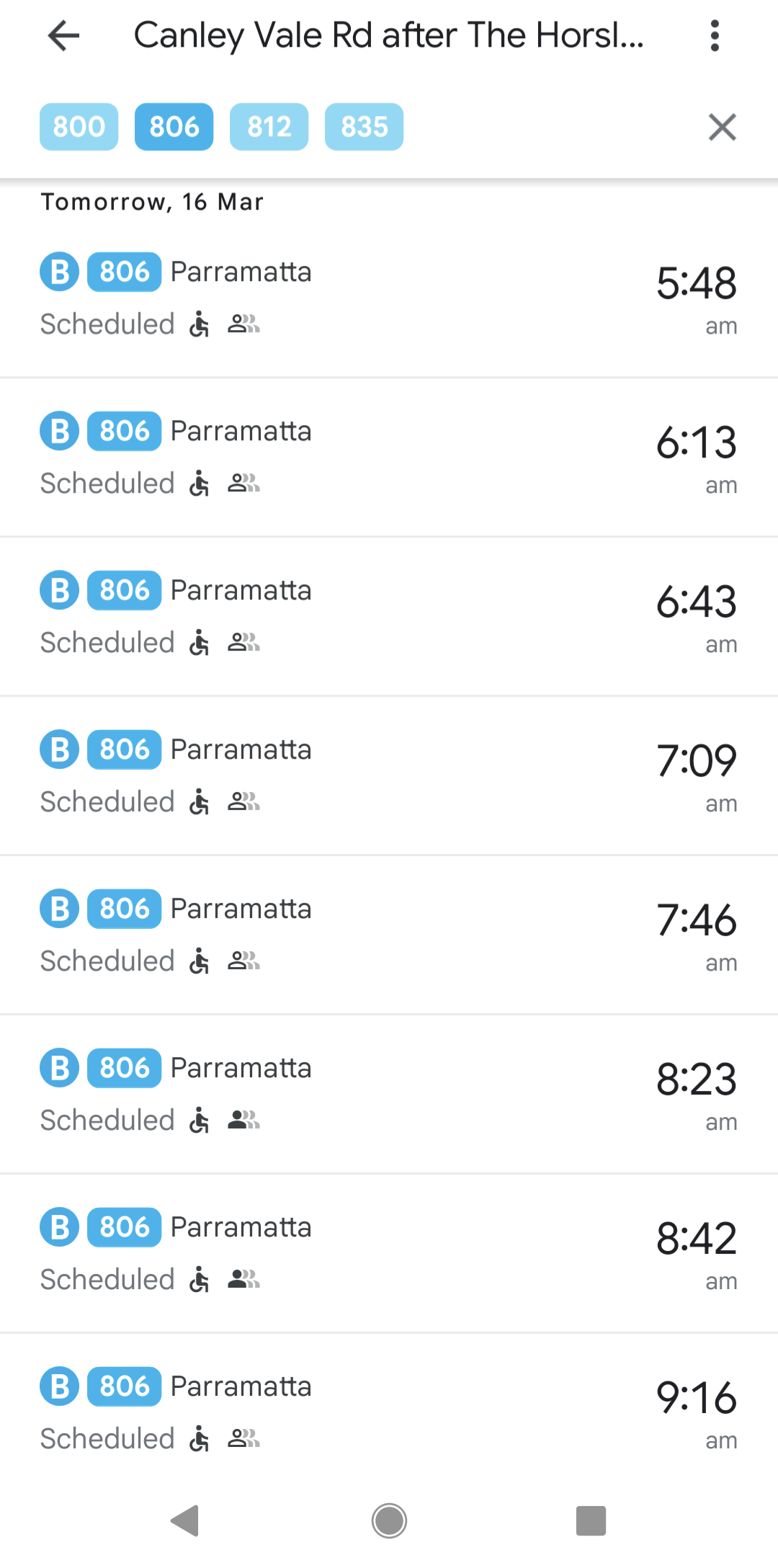
The bus is already there. It already runs. Just it’s incredibly infrequent.
Improving the timetable so it runs every 10 minutes would be enough to encourage more people to use public transport, rather than driving.
And it can be accomplished at a fraction of the cost of a new underground metro or light rail.
A mini-bus taxi service won’t do the trick. It’s less than what’s there already.
And we’re not talking bus rapid transit here. Just a regular, reliable bus service with a decent frequency.
Yes, in an ideal world, suburbs such as the ones the 806 shouldn’t exist. The fact they were built is a planning mistake.
Now that they do exist, is there a case that at least getting decent bus and cycling infrastructure should be more of a focus than it is in urbanist circles.

 1·2 years ago
1·2 years agoIt’s a little surprising that Ulsan doesn’t have any metro or light rail, given it’s a metro area of over 1 million people. Is it on the drawing board over there? What’s the official reason the city hasn’t built any rail?

 2·2 years ago
2·2 years agoThe last time I was up there, the light rail had made a huge difference to transport on the Gold Coast.
Unfortunately, at this stage, it doesn’t connect with the train line at the south end, doesn’t connect to the airport, doesn’t connect with the stadia, and doesn’t extend to the theme parks.
Hopefully it will see some extensions with the Olympics coming.

 3·2 years ago
3·2 years agoIs that American coffee drive through place for real? What an utter waste of land!

 1·2 years ago
1·2 years agoNot Just Bikes made a similar point in a recent video. It really is shocking how unnecessarily large US commuter vehicles are getting!

 3·2 years ago
3·2 years agoInteresting that you mentioned only having access to buses in the suburbs, because that’s a problem for many suburbs in every Australian metropolitan area. That includes Melbourne and Sydney, which both have reasonable train and tram networks in the inner city and some suburbs.



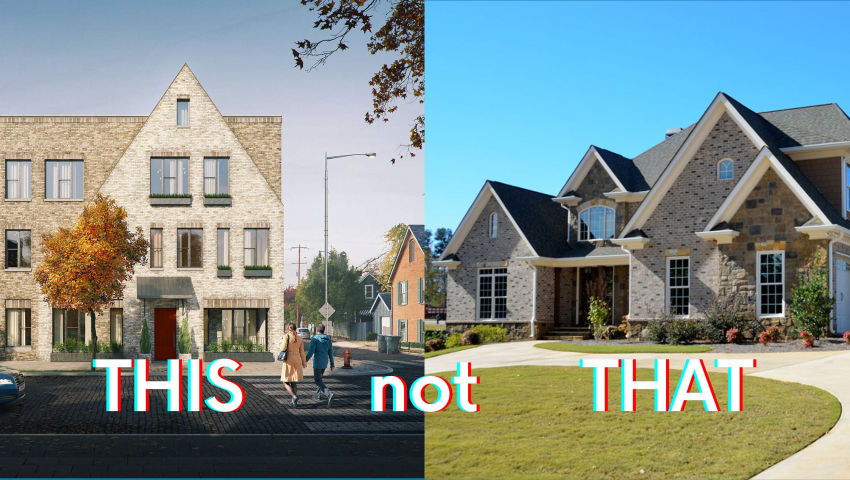
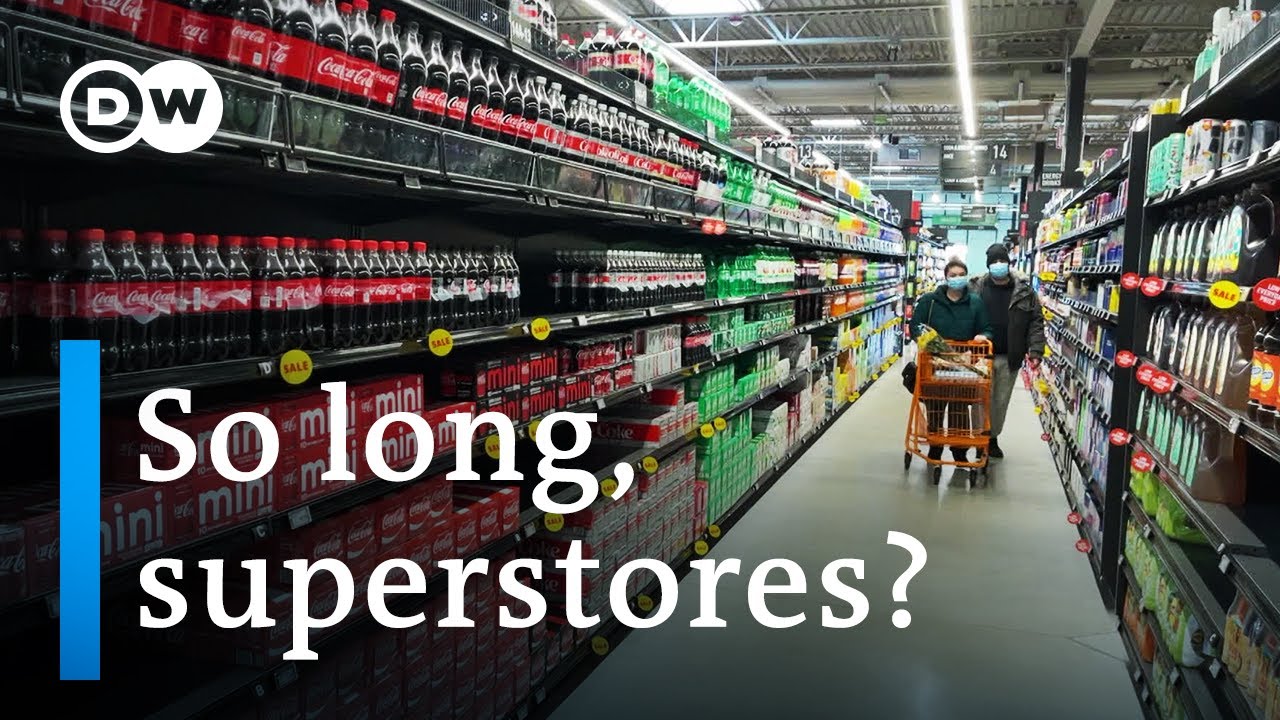
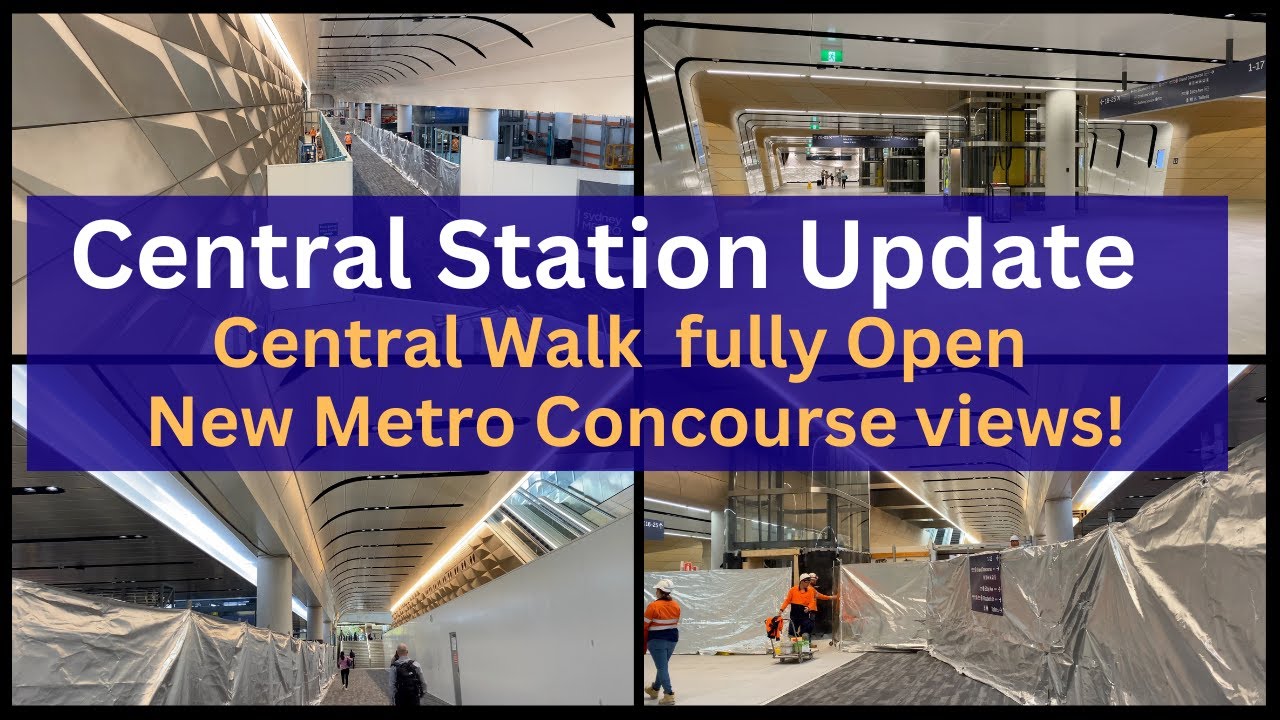
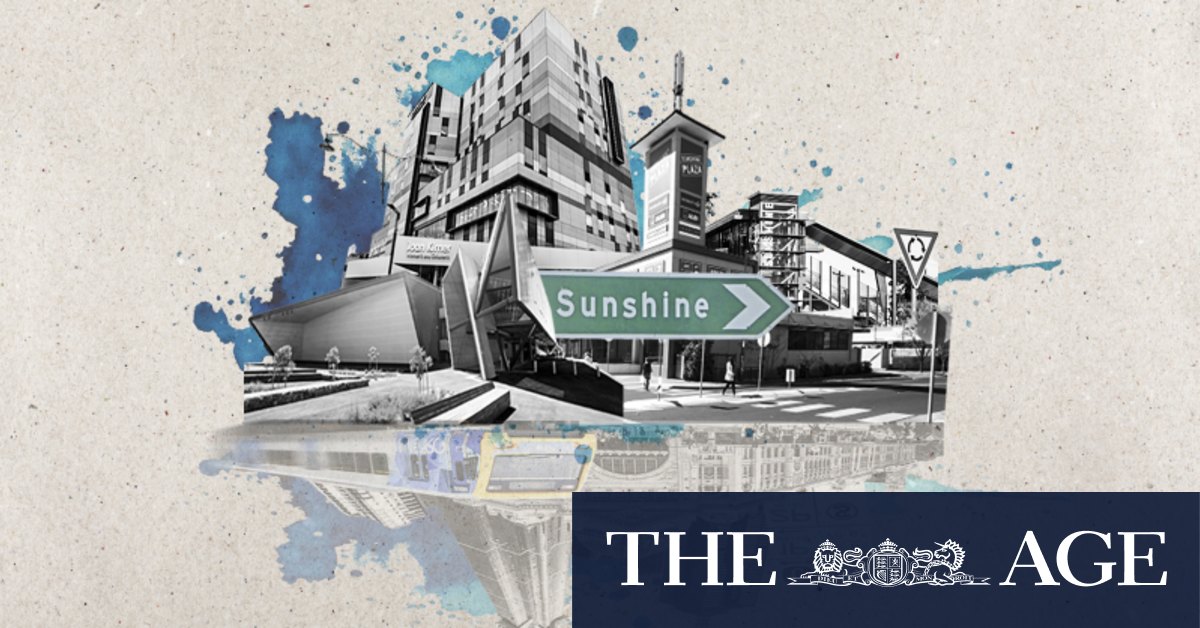
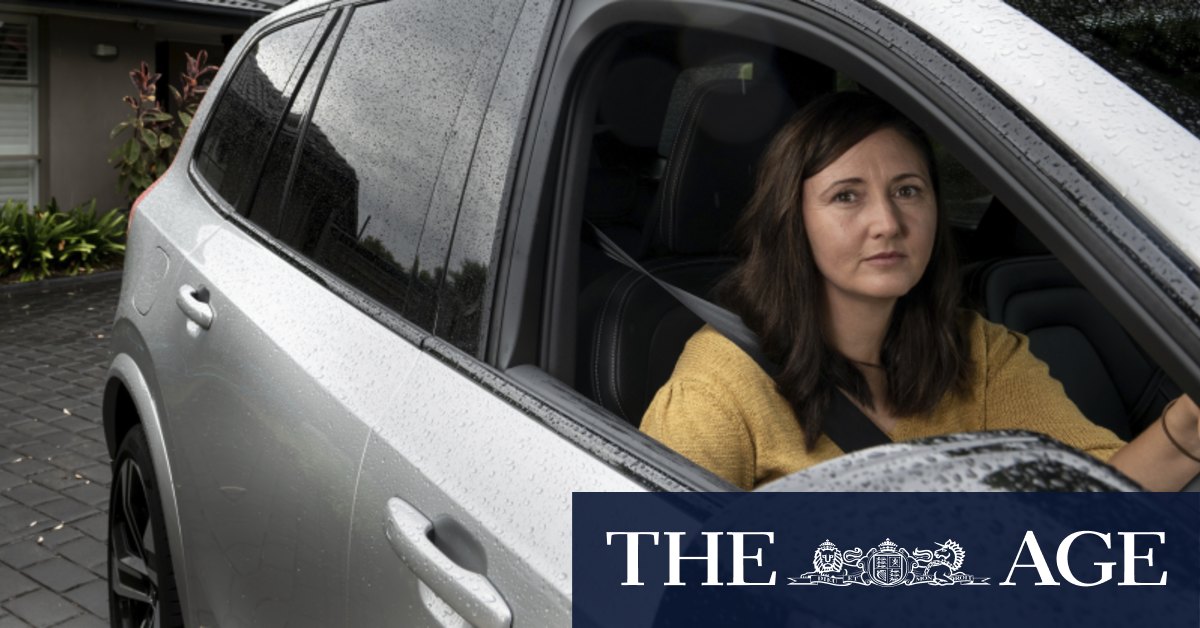
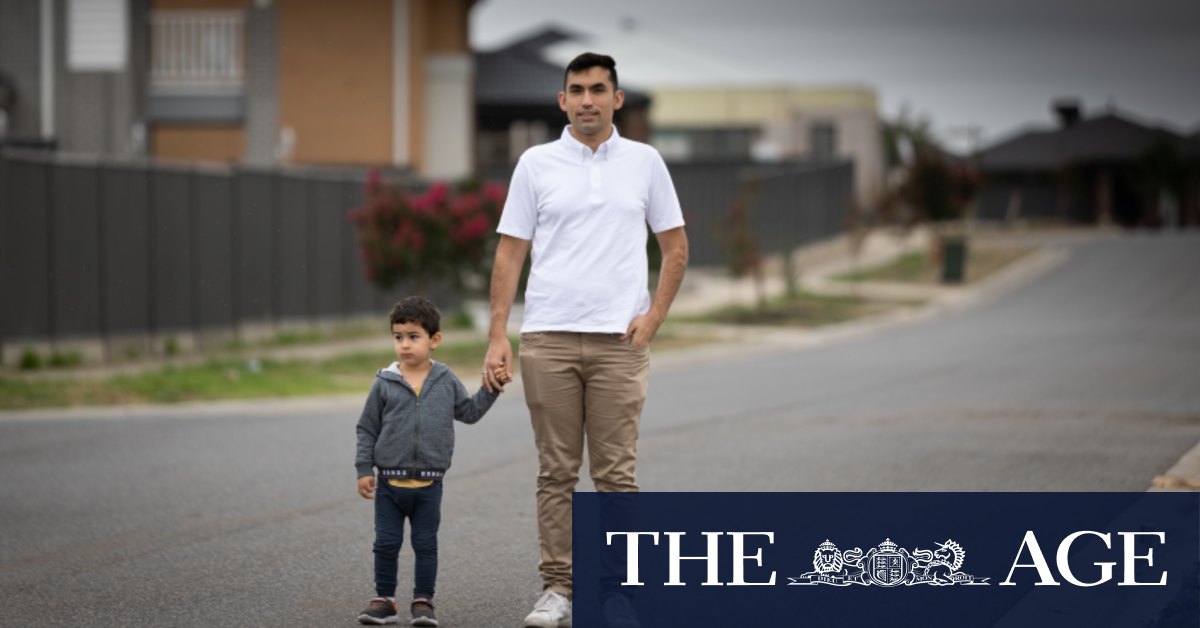
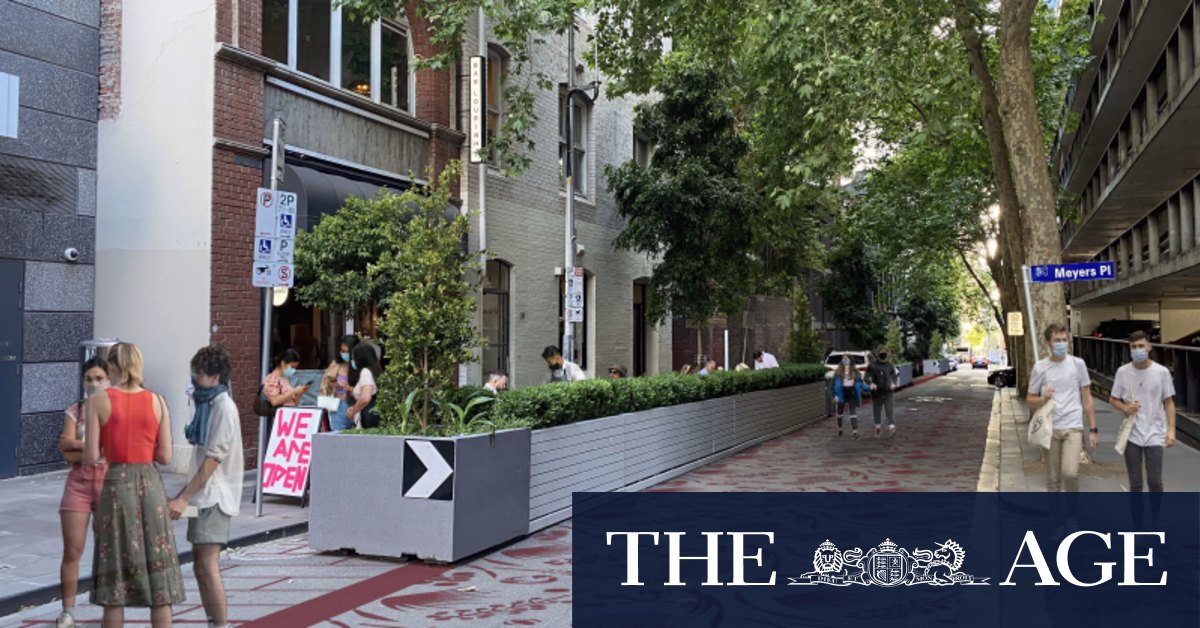









It is what the PTV website shows.
And having caught that bus from Tullamarine to Epping, 23 minutes for the segment from Roxburgh Park station to Epping is about right. (Depending on traffic, of course.)